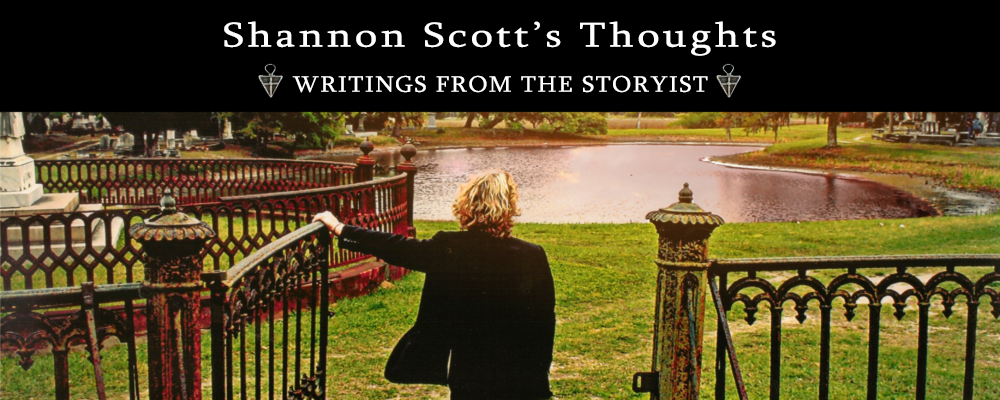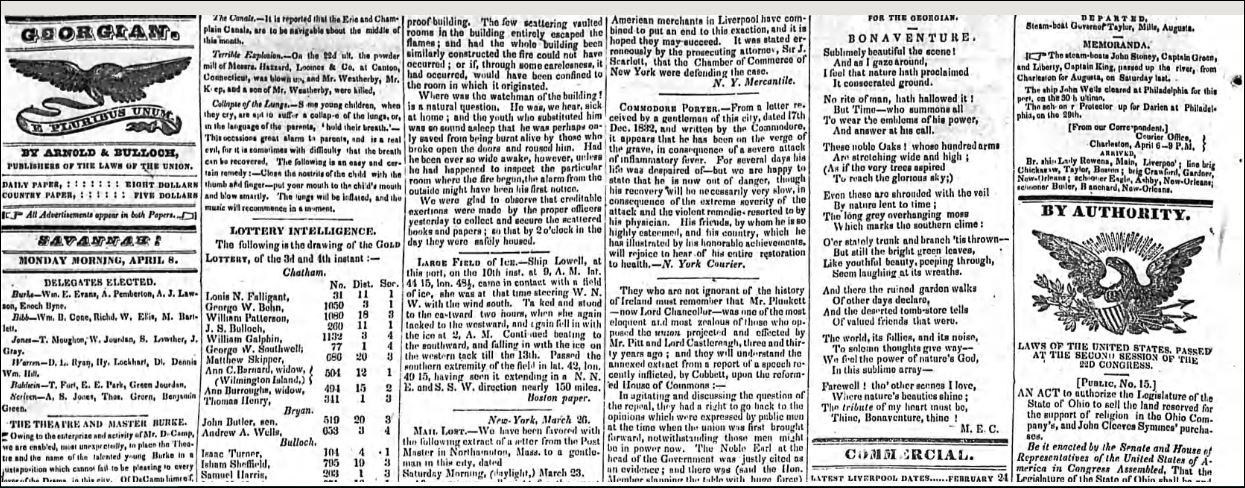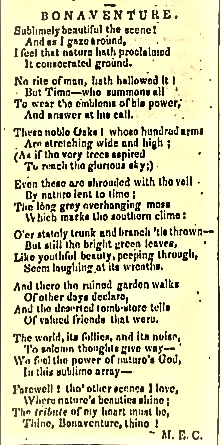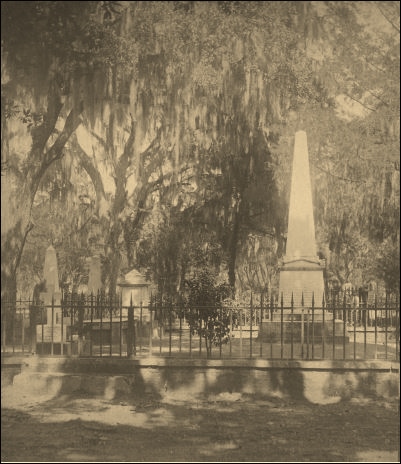‘
One of Savannah’s oldest sayings, and always hovering in the Top 5, “You haven’t been to Savannah until you’ve been to Bonaventure.”
![38808555_1745330708869731_2401040538422738944_n[1]](https://shannonscott.com/wp-content/uploads/2019/01/38808555_1745330708869731_2401040538422738944_n1.jpg)
Photo By Shannon Scott (C) 2018
It doesn’t matter if you don’t like cemeteries. have never toured in one, or history isn’t “your thing.” Trust us. Forget what you think you know or don’t know, open your mind and just let the Bonaventure Cemetery magic happen to you. It defies, then treats.
Once you make the 10-minute trek from Downtown Savannah to Bonaventure Cemetery, you won’t have any other questions about “Why Bonaventure?” Or. why almost 1,000,000, annually, make what we call “The Bonaventure Journey.” The massive, plantation era live oaks greeting you will just make one say, “Oh. Wow, now I get it.” As you start to peer through the entrance, your spirit will take over and before you know it, you’ll be floating through the gates. Then “POOF,” you disappear for what will probably be hours. You know how it goes in your favorite art museum. One marble statue leads to the next, and then security is kicking you out.
Moreover, Bonaventure quickly demonstrates how the famous Savannah downtown in many ways belongs in life legacy, to those buried here. We call it putting faces to buildings. And those human stories are just as wildly colorful and delightfully decrepit as are some of the buildings they once occupied! Really Bonaventure and Savannah will start to feel like the same place. One doesn’t just read the start of a book and then stop in the middle. At least not The Savannah Story anyway. The ending tells much about all of the other parts. Bonaventure is like that. You have to read this story until the end. Then you can go home and speak of your trip with the fullness it deserves.
People ask, “Well, is it free, and can we go on our own?” Positively. Bonaventure is open 365 days, 8AM to 5PM. But here’s our practical appeal, and yes, sales pitch. It’s a dizzying 200 tree covered and shrub-populated acres. Think cemetery jungle. And the freebie maps are only so useful, which is us being nice. Even for the most confident explorer, it ends up being more like wander-lost. We see many well-intentioned visitors bite off more than they can chew and throw in the towel, shrugging, “We didn’t know a tour was available” or “We’ll come back next time.” We say, “Get it right the first time!”
What we provide is organized, informed and impassioned storytelling wanderlust. Shannon Scott’s Bonaventure Cemetery Journeys has been doing it longer than anyone, more often, and offers more on-site experiences than any other company in Savannah. Click our TOURS tab to learn more!




